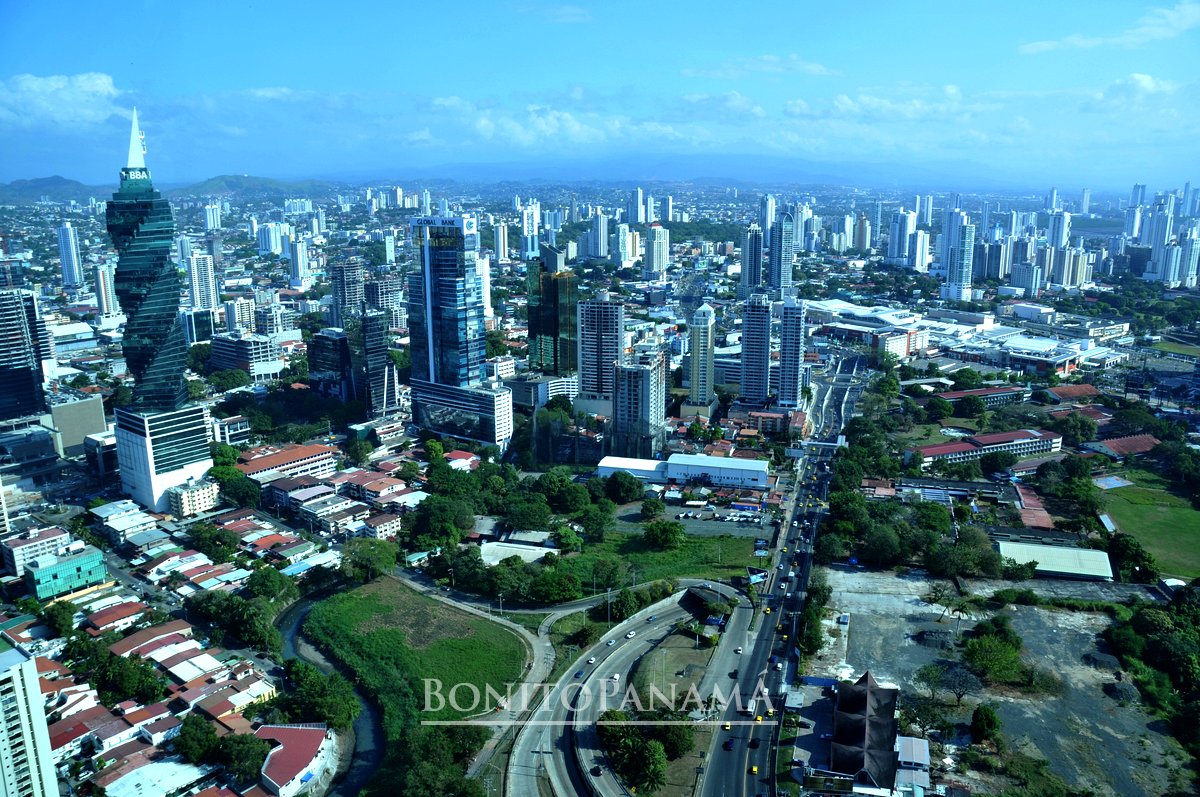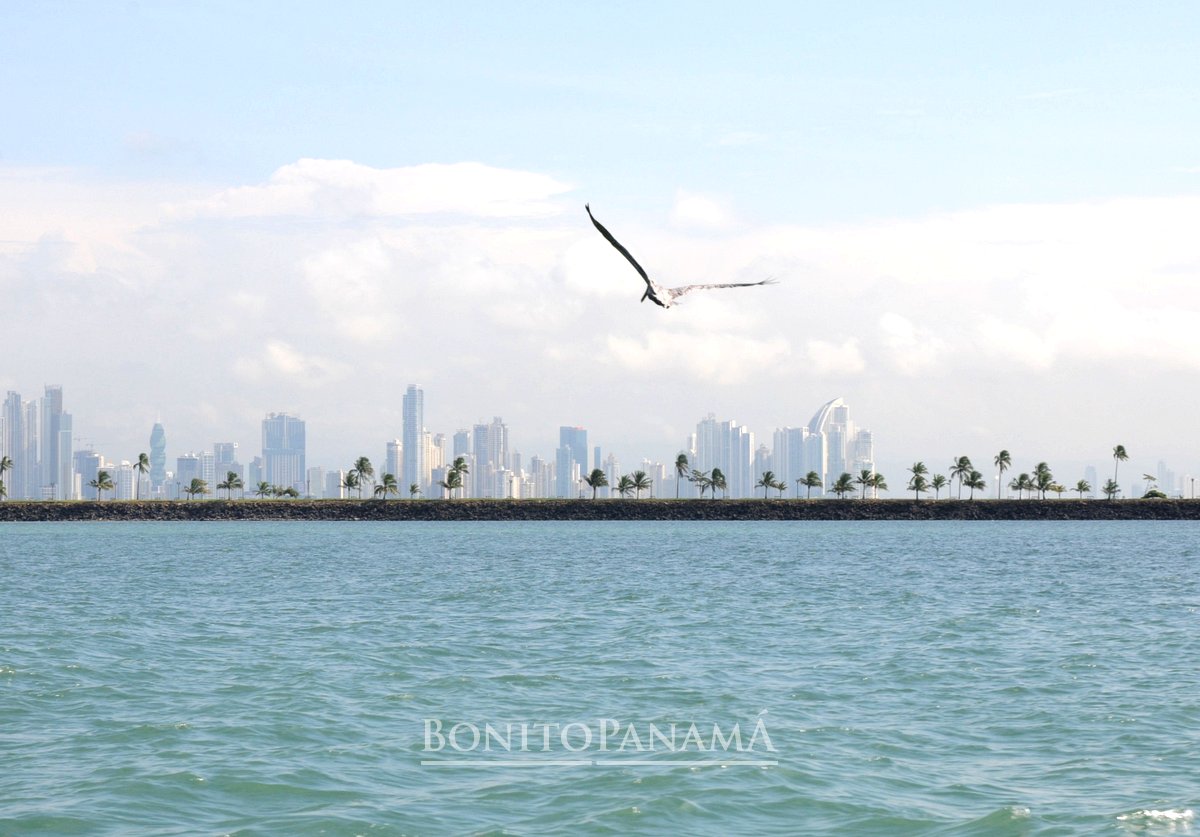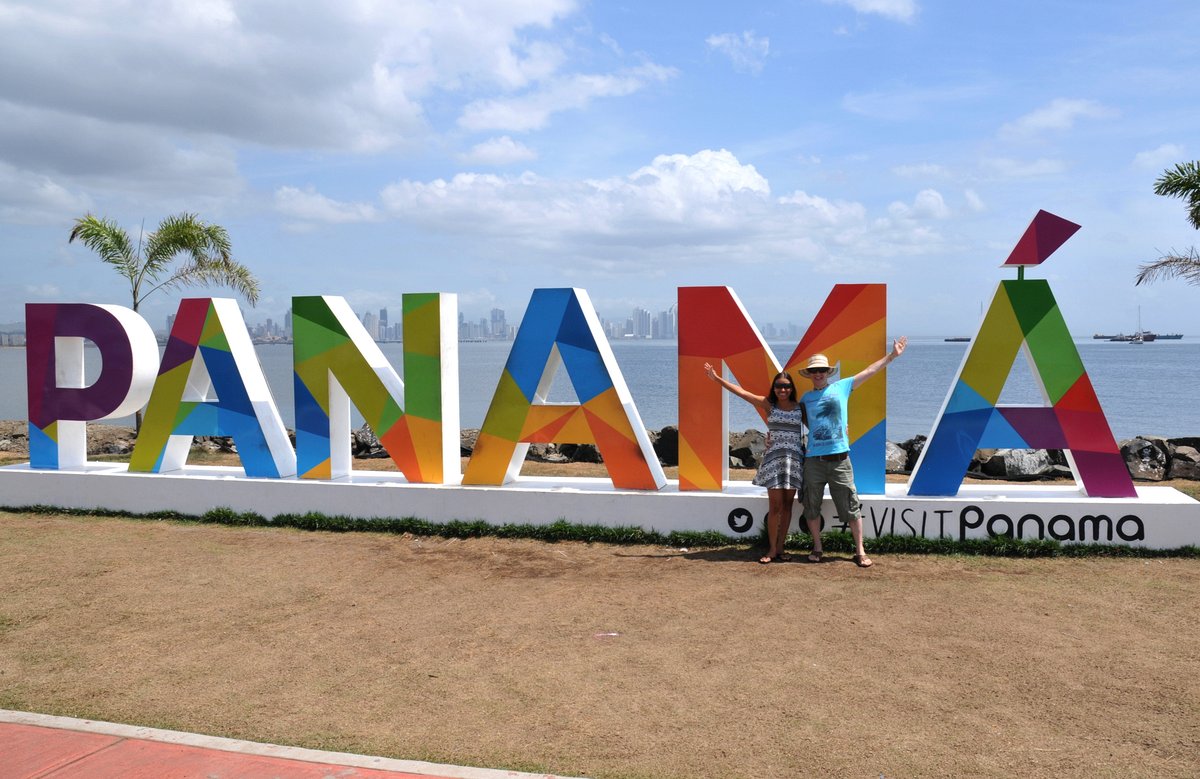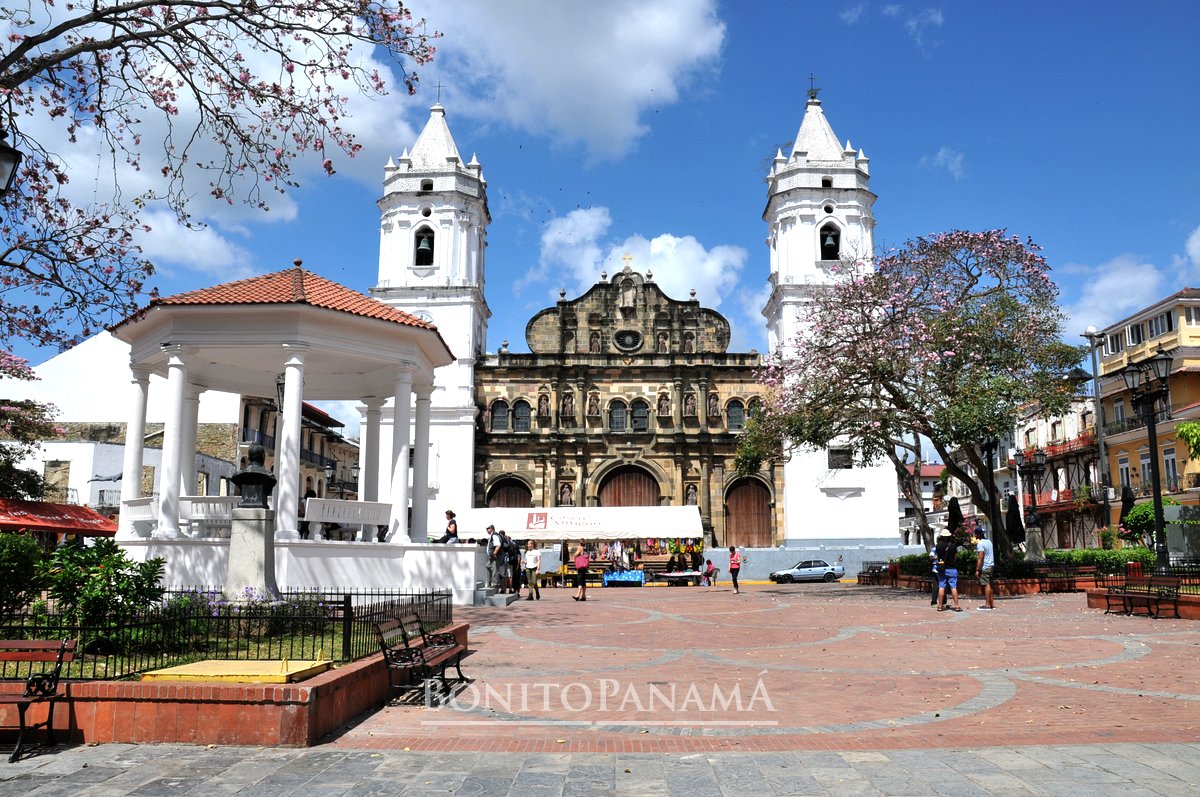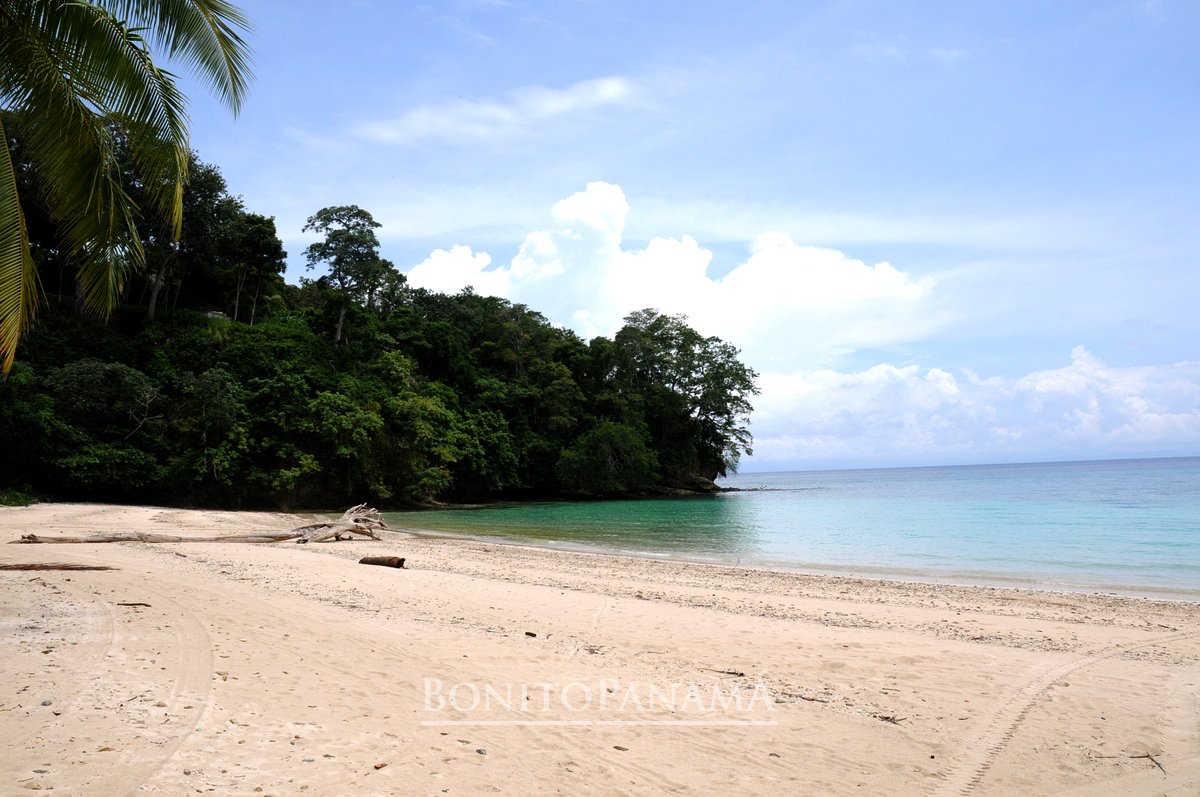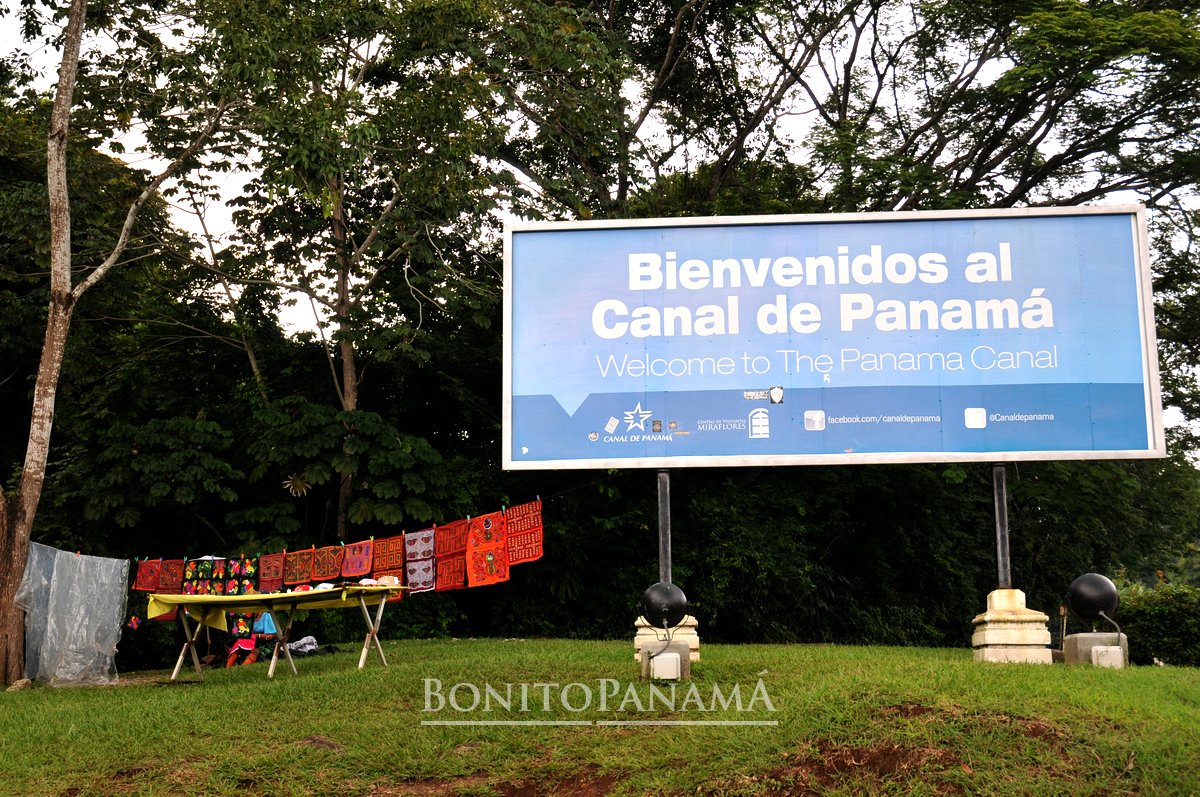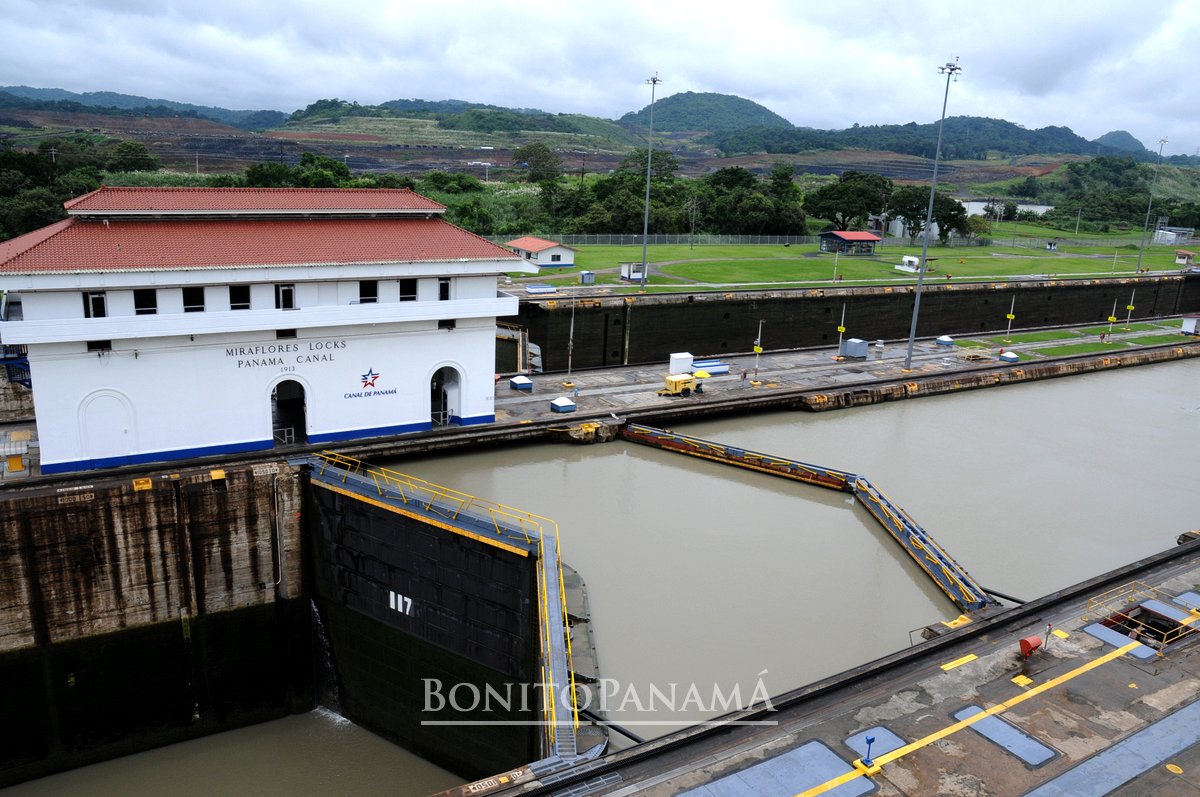Panama City is one of the most popular tourist destinations in Latin America and experienced a strong economic boom due to the construction of the Panama Canal, which is noticeable by a modern business district and large skyscrapers.
An old, modern city with a high fascination factor: Panama City
In Central America, between the Atlantic and the Pacific, lies Panama's capital Panama City. The metropolis counts more than one million inhabitants and trumps with a breathtaking diversity. This is due in particular to the natural growth of the city: it was founded as early as 1519. Buildings from the colonial era can be admired in the picturesque old town of Casco Viejo. To get a bird's eye view of them, a visit to the roof terraces of the Tantalo or Casa Panama hotels is a good idea. While sipping a strong Central American coffee, you can admire the time-honoured buildings and at the same time take a look at the new centre of the metropolis. In this dominate skyscrapers, which give an indication of Panama City as a business location.
The most beautiful views of Panama City are obtained along the route from Avenida Balboa, past the fish market - Mercado de Mariscos on Cinta Costera overlooking the picturesque old town of Casco Viejo.
In the area from the Amador towards the BioMuseo on the Calzada de Amador was at that time the PANAMA lettering, which was an absolute "selfie must-have" with the skyline in the background. Now the lettering is located at the Cinta Costera and on the Isla Flamenco, also known as "Parador Fotografico - Panama Sign".
Along this causeway, one has a view to the Puente de las Américas in the southern entrance of the Panama Canal on one side and the most breathtaking view to the skyline of Panamá City on the other side. The causeway then continues to three islands Isla Naos, Isla Perico and Isla Flamenco with many restaurants and boat docks.

